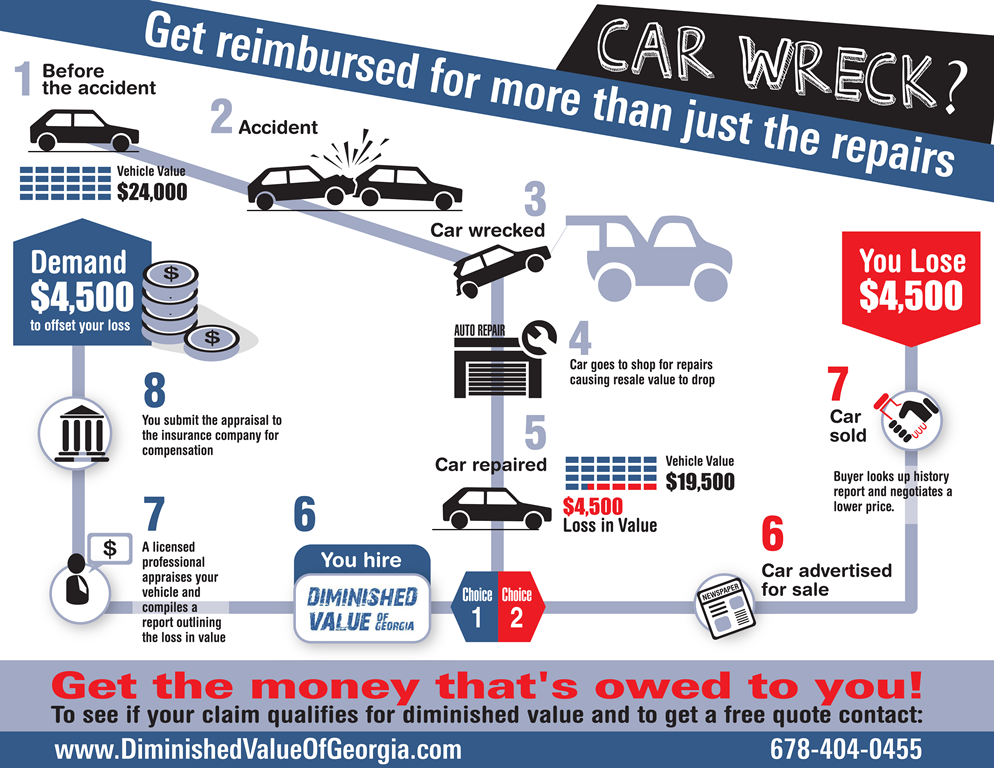When you're behind the wheel, those radiant warning lights on your dashboard can be a bit difficult. Do you know what they're trying to inform you about your car's wellness? Understanding the significance of these lights is essential for your safety and the long life of your vehicle. So, the following time one of those lights pops up, wouldn't you intend to decode its message accurately and take the needed steps to address it?
Common Warning Lights and Interpretations
Determine usual warning lights in your car and recognize their definitions to ensure secure driving.
One of the most common caution lights consist of the check engine light, which signals concerns with the engine or exhausts system. If this light comes on, it's crucial to have your lorry checked quickly.
The oil pressure warning light indicates low oil stress, needing instant interest to stop engine damages.
A blinking battery light might suggest a damaged billing system, potentially leaving you stranded otherwise addressed.
The tire pressure monitoring system (TPMS) light signals you to low tire stress, impacting automobile stability and fuel efficiency. Overlooking this might result in harmful driving conditions.
The ABS light indicates a problem with the anti-lock braking system, endangering your ability to quit swiftly in emergencies.
Last but not least, the coolant temperature level warning light warns of engine getting too hot, which can lead to serious damage otherwise dealt with quickly.
Understanding these common caution lights will certainly assist you resolve concerns immediately and maintain safe driving conditions.
Value of Prompt Attention
Recognizing the typical warning lights in your cars and truck is only the very first step; the value of without delay resolving these cautions can not be stressed enough to ensure your safety and security when traveling.
When a warning light illuminates on your dashboard, it's your car's way of communicating a prospective concern that requires interest. Disregarding these warnings can result in much more severe troubles later on, compromising your safety and potentially costing you much more out of commission.
Prompt focus to advising lights can protect against failures and crashes. For example, a flashing check engine light might suggest a misfire that, if left ignored, might create damage to the catalytic converter. Addressing this promptly can conserve you from an expensive repair service.
In a similar way, a brake system cautioning light may indicate low brake fluid or worn brake pads, essential components for your safety and security when driving.
Do It Yourself Troubleshooting Tips
If you observe a caution light on your control panel, there are a few DIY troubleshooting ideas you can attempt prior to seeking expert assistance.
The very first step is to consult your automobile's handbook to understand what the specific caution light suggests. Often the concern can be as basic as a loose gas cap causing the check engine light. Tightening up the gas cap might fix the issue.
Another typical problem is a reduced battery, which can set off different cautioning lights. Inspecting the battery links for corrosion and guaranteeing they're protected may repair the problem.
If a warning light continues, you can attempt resetting it by detaching the auto's battery for a couple of minutes and after that reconnecting it. Additionally, examining your lorry's liquid levels, such as oil, coolant, and brake liquid, can assist troubleshoot warning lights related to these systems.
paint fade repair
To conclude, comprehending your auto's warning lights is crucial for maintaining your vehicle running efficiently and securely. By promptly attending to https://landenqhzqh.eedblog.com/31291897/prepare-yourself-for-an-informing-trip-into-the-impressive-car-repair-facilities-that-will-certainly-alter-the-means-you-preserve-your-automobile and understanding what they mean, you can stay clear of expensive fixings and prospective failures.
Keep in mind to consult your car's guidebook for specific details on each advising light and take action as necessary to ensure a trouble-free driving experience.
Keep informed, remain secure when driving!
